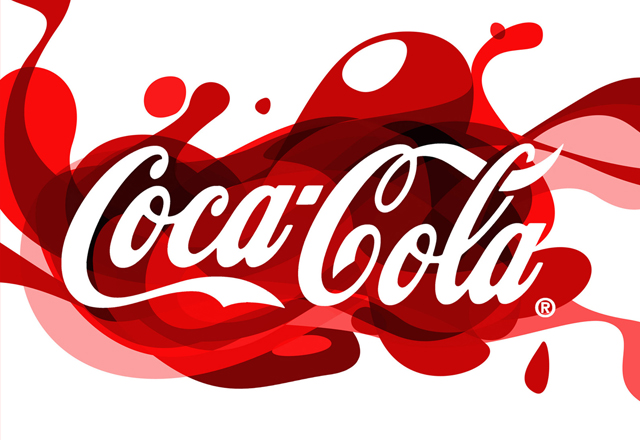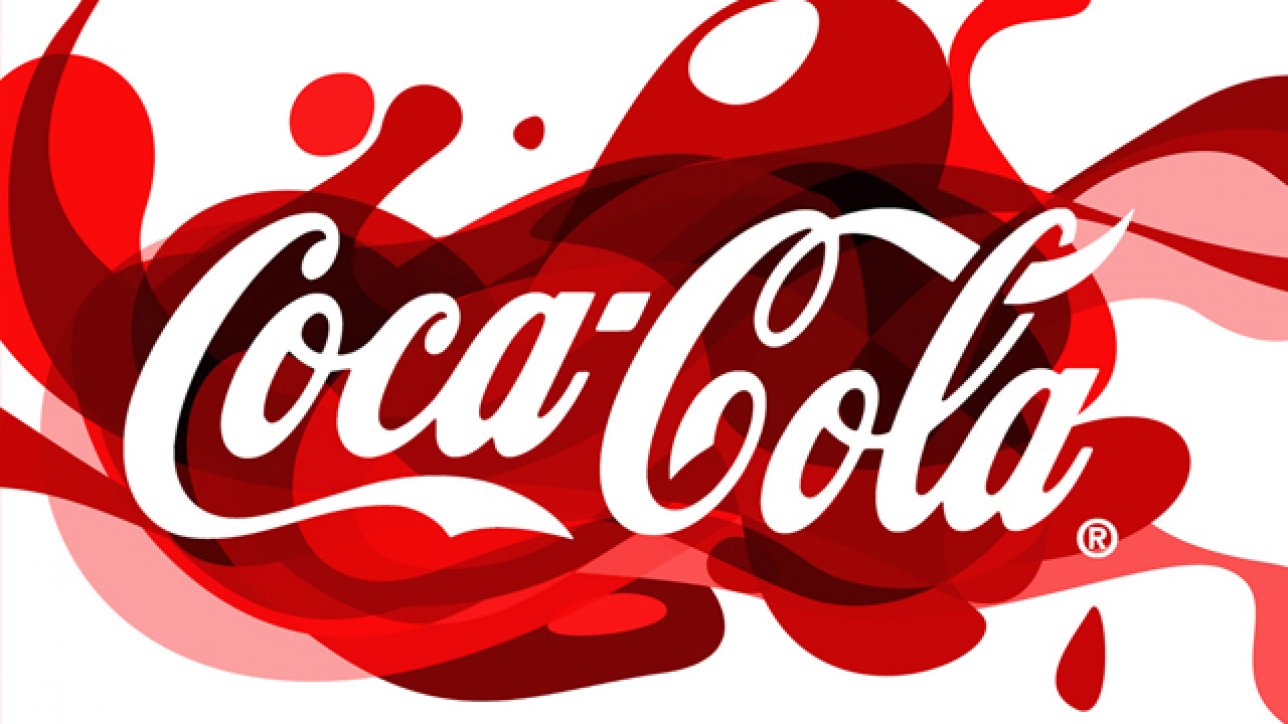Do you want to know that are the world’s best logos & why they work so well? A corporate logo is one of the most versatile and powerful tools that a company has for building brand recognition, not only with existing customers but more importantly with potential customers. A strong corporate branding will add value wherever and whenever it is used, while a poor logotype may actually damage to a brand. So what makes a great logo and why do some work better than others? Lessons you can learn from the world’s best logos
Google – nothing could be simpler or more recognisable than the Google logo. There’s no mistaking whose logo this is! The typeface was designed by Ruth Kedar and has endured numerous versions without losing its instant recognition factor. Regular Google Doodles add illustration and animation and have almost become an art form in their own right.
Olympics – the five interlocking Olympic rings represent the five continents and the logotype was designed in 1912 by Pierre Coubertin. At that time the five colours and the white field upon which they sat were colours contained in every single flag of the competitor countries. The use of circles has resonance with the enduring spirit of the Olympics, dating back to ancient Greece and reaching forward into the future.
Mercedes – the original three points of the well-recognised Mercedes logo symbolised the three modes of transport manufactured by the original company – across air, water and land. The silver colour of the logo is strongly associated with Mercedes cars, dating back to the Nuremberg grand prix of 1934 when their race car had to be stripped of paint to make the weight limit.
McDonald’s – the McDonald’s Golden Arches on their red background have become the most widely recognised restaurant logo in the world, so much so that people even refer to the chain as the Golden Arches. Red and yellow work particularly well for restaurant logos, the shape implies shelter and the simple design is eye-catching and memorable – as well as easy to spot from a distance on the freeway road.
BMW – although many people believe the inner part of this logotype represents the propeller of a plane, this was not the original design intent. In fact the Bavarian national flag features blue and white checks, which were incorporated into the design. However the shape and the colours used all imply reliability and strength – characteristics associated with this manufacturer.
Nike – the company is named after the Greek goddess of victory and the Nike swoosh was developed by graphic designer Carolyn Davidson in 1971. This deceptively simple shape suggests speed and movement, perfect for a leading manufacturer of sports shoes.

Coca-Cola – this is one of the most enduring logos, having been originally designed in 1885. For many years it was the world’s most recognised design, having only recently been overtaken for that accolade by Apple. Such is the power of this brand that apparently people only need to see a curved white line on a red background to think about drinking Coca-Cola.
FedEx – designed by Richard Runyan in 1973, the FedEx logotype has had a global impact. In an abbreviating the company name, Runyan created a classic logotype that contains a bold right-facing arrow between the E and the X – and what more could perfectly symbolise the FedEx business than an arrow in motion?
(c) Alchemist – logo designers / Telephone: +44 (0) 7887 853272
Post written by:

